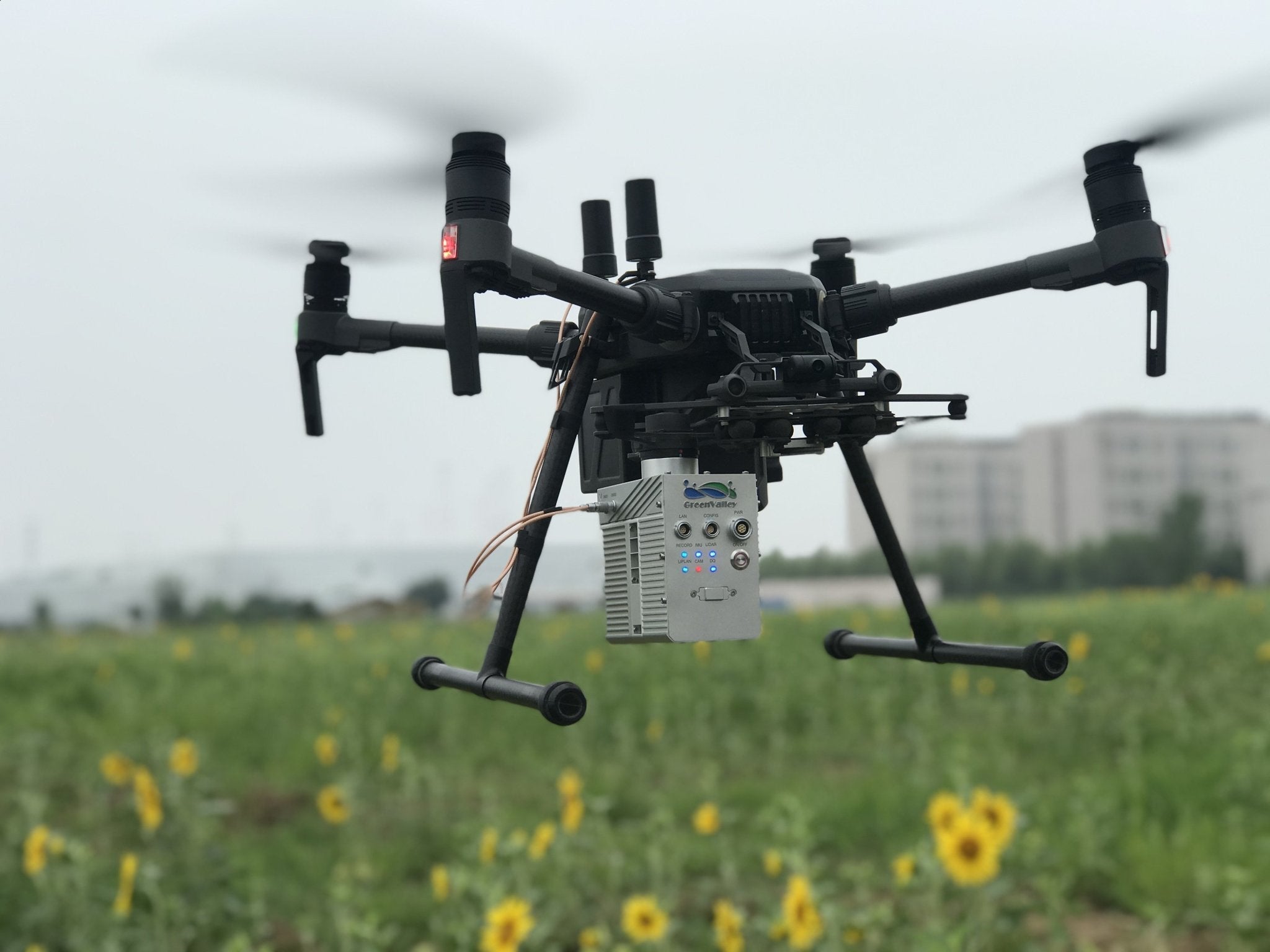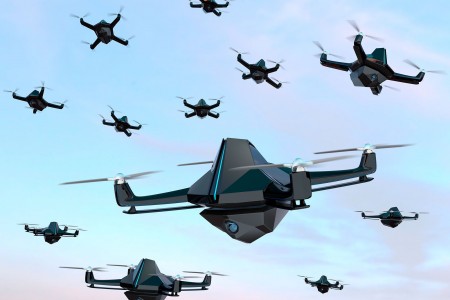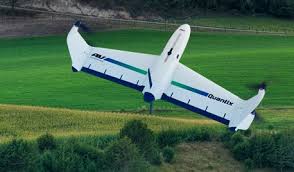
The ICRC issued guidance that provides interpretive information on armed UAVs as well as british drones. In this article, we will look at the military strategy behind these UAVs. We'll also discuss their implications for our current war. The military may have a legitimate reason to deploy these UAVs. However, we can still have our say. This article examines how drones and armed UAVs have changed our way of fighting conflict, and what that means for our safety.
ICRC Interpretative Guidance on British Drones
Many people are confused about how international humanitarian law should be applied to UK drone strikes. Drone strikes do not fall under the scope of the principle of distinction. Instead, autonomous drones should fall foul of the principle of proportionality. Professor Noel Sharkey explains that a robotic operator can not perform subjective balancing and calculate value. These implications are grave.
ICRC guidance: Armed UAVs
For civilians, the danger of using armed drones is significant. Although drones with armed capabilities are still relatively new, their widespread use poses serious challenges. Drone strikes, for example, can be used to strike enemy troops or assets but also pose a risk to civilians. The Geneva Call reiterates that armed drone strikes must be carried out in accordance with applicable IHL principles. The Geneva Call also urges the parties to establish policies governing the use of armed drones, such as ensuring that drones are directed against a military objective while minimizing the risk of civilian casualties. These strikes are not acceptable to civilians.

ICRC guidance for british drones
Interpretive Guidance from the ICRC about British drones contains many positive features, including the immense expertise of its Legal Division. It advances our general understanding of "direct participation," but also contains numerous fault lines. Here we examine these fault lines and explore the implications for the international law community. This article is intended to engage a broader audience and offer a critical assessment of the ICRC's guidance.
British drones are a part of a military strategy
Drones are becoming a popular tool for a wide variety of applications. Other countries began to explore the technology after the Vietnam War. New models emerged, which gained greater endurance, height, and more maneuverability. Now, they are being used in the defense of Ukraine. They are also becoming more popular with hobbyists and business people around the world. What exactly is the Military strategy behind British drones, and how does it work? In this article, Dr. James Rogers discusses the use of drones for a variety of purposes, including military and civilian applications.
Concerns expressed by the ICRC about armed UAVs
Peter Maurer (ICRC President) met with US President Obama's top advisors in Washington DC in June 2017. They discussed international humanitarian law's sufficiency, new battlefield developments and weapons and the role of the actors on and off the battlefield. He expressed concern at the use of armed British-operated drones in Afghanistan, which is contrary to international human rights law.

FAQ
Which drone is the best?
The DJI Phantom 2 Vision+ is a popular beginner drone. The DJI Phantom 2 Vision+ comes with a 4K camera that allows you to capture high-quality aerial shots and videos. Its GPS system makes it easy to navigate the drone.
What kind of batteries does a drone use?
Drones are powered by lithium-ion battery. A drone typically uses between 3 to 6 volts.
Can I fly my drone through my neighborhood?
Yes! These are called UAVs (unmanned aerial vehicles). There are many options for drones, from small quadcopters to larger fixed-wing aircraft. The FAA has recently issued new rules regarding the commercial use of UAVs, which means you can now legally fly them for business purposes. Be aware that UAVs operating near airports could cause interference to air traffic control systems. You must get permission from the authorities before you can fly one.
What laws govern flying drones in the United States?
The Federal Aviation Administration (FAA), which regulates all aspects drone operations in the United States of America, is responsible for them. A certificate issued by the FAA is required to commercially operate a drone. Then, you must complete a course in piloting skills and pass an exam. You will then need to pay an agency fee.
Is it safe and legal to fly a drone when driving?
Driving a drone is dangerous, as it could cause an accident or crash into another vehicle. Additionally, you may hit pedestrians or animals. Additionally, hitting power lines, trees or buildings could cause damage to your car.
Can I fly my drone indoors
You can fly your drone indoors. You just have to ensure no obstacles or hazards inside your home. You should not fly near windows, doors or heating vents.
Statistics
- According to Indeed, a drone pilot gets paid $25.73 per hour on average in the US. (dronesgator.com)
- According to industry research from ZipRecruiter , there are 10 cities where the typical salary for a Drone Pilot job is above the national average. (dronesgator.com)
- With the top 10% making over $100/h and the bottom 10% making as low as $10/h. (dronesgator.com)
External Links
How To
Repairing A Damaged Motor Of A Drone
First, identify the broken part of the motor to repair it. The best way to do so is to take the propeller off the motor shaft. Then remove any wires and take a look at the motor's inner workings. If there is something wrong with the motor, you will know which part you need to repair.
If the motor has not been damaged, it is safe to fly again.
Let's say that a motor is bent so that it can no longer turn. The motor must be bent again. For this purpose, you could use a vice grip to hold the motor and bend it back into shape. After you have completed this step, be sure to inspect the motor for any signs of wear.
Once you're satisfied that everything's ok, put the propeller back onto the motor shaft and reattach the wires. Now you are ready to fly your drone!